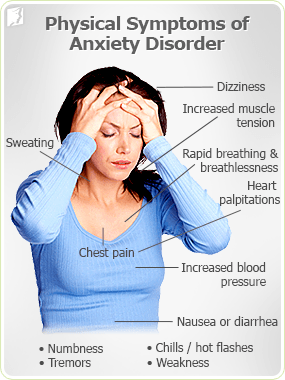
Kathmandu/Pahichan – Without mental health we cannot be healthy. We all experience emotional ups and downs from time to time caused by events in our lives. Mental health conditions go beyond these emotional reactions to specific situations. They are medical conditions that cause changes in how we think and feel and in our mood.
 The lesbian, gay, bisexual, transgender, queer and questioning (LGBTQ) community faces mental health conditions just like the rest of the population. However, you may experience more negative mental health outcomes due to prejudice and other biases. Knowing what challenges you may face as a member of the LGBTQ community and how to find and work with LGBTQ-inclusive providers can help ensure more positive outcomes.
The lesbian, gay, bisexual, transgender, queer and questioning (LGBTQ) community faces mental health conditions just like the rest of the population. However, you may experience more negative mental health outcomes due to prejudice and other biases. Knowing what challenges you may face as a member of the LGBTQ community and how to find and work with LGBTQ-inclusive providers can help ensure more positive outcomes.
How Do Mental Health Conditions Affect the LGBTQ Community?
LGBTQ individuals are almost 3 times more likely than others to experience a mental health condition such as major depression or generalized anxiety disorder. This fear of coming out and being discriminated against for sexual orientation and gender identities, can lead to depression, posttraumatic stress disorder, thoughts of suicide and substance abuse.
LGBTQ people must confront stigma and prejudice based on their sexual orientation or gender identity while also dealing with the societal bias against mental health conditions. Some people report having to hide their sexual orientation from those in the mental health system for fear of being ridiculed or rejected. Some hide their mental health conditions from their LGBTQ friends.
As a community, LGBTQ individuals do not often talk about mental health and may lack awareness about mental health conditions. This sometimes prevents people from seeking the treatment and support that they need to get better.
Prejudice & Stigma
The effects of this double or dual stigma can be particularly harmful, especially when someone seeks treatment.
Often termed “minority stress,” disparities in the LGBTQ community stem from a variety of factors including social stigma, discrimination, prejudice, denial of civil and human rights, abuse, harassment, victimization, social exclusion and family rejection.
Rates of mental health conditions are particularly high in bisexual and questioning individuals and those who fear or choose not to reveal their sexual orientation or gender identity. Though not all people will face mental health challenges, discrimination or violence, many people report less mental well-being and satisfaction.
Suicide
The LGBTQ community is at a higher risk for suicide because we lack peer support and face harassment, mental health conditions and substance abuse. For LGBTQ people aged 10–24, suicide is one of the leading causes of death. LGBTQ youth are 4 times more likely and questioning youth are 3 times more likely to attempt suicide, experience suicidal thoughts or engage in self-harm than straight people. Between 38-65% of transgender individuals experience suicidal ideation.
Family support plays a particularly important role in affecting the likelihood of suicide. Someone who faced rejection after coming out to their families were more than 8 times more likely to have attempted suicide than someone who was accepted by their family after revealing their sexual orientation.
Substance Abuse
 The LGBTQ community reports higher rates of drug, alcohol and tobacco use than that of straight people. Major factors that contribute to substance use by LGBTQ people include prejudice, discrimination, lack of cultural competency in the health care system and lack of peer support.
The LGBTQ community reports higher rates of drug, alcohol and tobacco use than that of straight people. Major factors that contribute to substance use by LGBTQ people include prejudice, discrimination, lack of cultural competency in the health care system and lack of peer support.
An estimated 20-30% of LGBTQ people abuse substances, compared to about 9% of the general population.
25% of LGBT people abuse alcohol, compared to 5-10% of the general population.
LGBTQ Youth
LGBTQ young people face fear, hatred and prejudice in school, with friends, in the community and at home, which can lead to higher risks of self-harm and thoughts of suicide. LGBTQ teens are six times more likely to experience symptoms of depression than the general population. Additionally, LGBTQ youth struggle in coming out to family members, friends, classmates and teachers, especially those that are not accepting of the LGBTQ community.
Disparities in Care
The history of mental health treatment of lesbian, gay, bisexual, transgender and questioning (LGBTQ) populations is an uneasy one. In the 1950s and 60s, many psychiatrists believed that homosexuality, as well as bisexuality, was a mental illness. Gay men and lesbians were often subjected to treatment against their will, including forced hospitalizations, aversion therapy and electroshock therapy.
Copyright © All right reserved to pahichan.com Site By: Sobij.